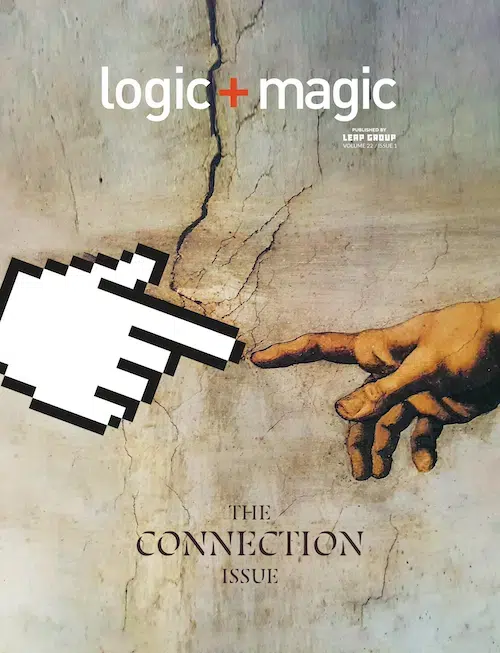One of the great things about using WordPress as your CMS (Content Management System) is that it’s built on open source software. This is great because open source software means anyone from your team can contribute.
And this is great for your WordPress site because it means the site can be scaled through contributions from other people, in the form of plugins.
Plugins are like the equivalent of non-OEM (Original Equipment Manufacturer) parts you’d put on your car, like a new stereo system or a roof rack. Not into the car analogy? Well, then plugins are like installing a Dell DVD burner in your HP desktop computer. Or like adding apps to your iPhone built by non-Apple developers.
The point is, plugins built by third-party developers, are approved by WordPress and can enhance your site in almost any way you could want.
Awesome, right? It is, but here are some words of caution about testing before installing any old plugin on you WordPress site.
Like we mentioned earlier, plugins are built and maintained by third-party developers, or developers that do not work directly for WordPress. They use the open source software of WordPress to create plugins that work within the WordPress framework.
While WordPress goes through an approval process for each submitted plugin (only about 52% were approved in 2018), it is the responsibility of the third-party developer to maintain, update and support their plugin. Once approved and added to WordPress’ growing list of available plugins, statistics are visible from the plugin page. The plugin page is helpful because it shows everything about that plugin – its version number, last updated, active installations, WordPress version, tested up to version, ratings and more.
These statistics are very important when determining whether to install a plugin, particularly when it was last updated and tested. This will tell you how often a developer is updating their plugin, as well as whether it’s compatible with your Version of WordPress.
(spark) only uses well updated plugins for sites. Additionally, as updates to plugins are released, we only update those plugins that have been tested with the most recent version of WordPress.
When Plugins Go Wrong
Plugins are built to enhance WordPress, but sometimes as multiple plugins are installed, they can cause conflicts as they try to access the same code in the WordPress framework. In fact, when site issues arise, WordPress’s troubleshooting documentation suggests disabling plugins as a starting point to see if the problem persists.
What most often happens when a plugin conflict occurs is what is known as “The White Screen of Death.” It’s just a blank, white browser page. But it means that WordPress is no longer displaying any content because of that conflict.
We have a relatively dependable list of plugins we regularly use, however sometimes even these can conflict with newly updated WordPress versions or plugins. Recently, as we began updating sites to WordPress 5, we found a conflict between the new WordPress Gutenberg Blocks and the Yoast SEO plugin.
When creating or editing a post, WordPress would give the following error:
“The editor has encountered an unexpected error.”
The first thing we did was disable all plugins to see if the issue was still happening. The error no longer appeared when creating or editing a post, which was a signal it was coming from a plugin conflict. As we enabled plugins and tested creating or editing a post, we found the error occurred again when only one plugin was activated.
In summary, to quote Ian Malcom, “…just because you could, doesn’t mean you should.” Always check plugin statistics for stability and compatibility and you won’t find yourself facing the WordPress White Screen of Death.

